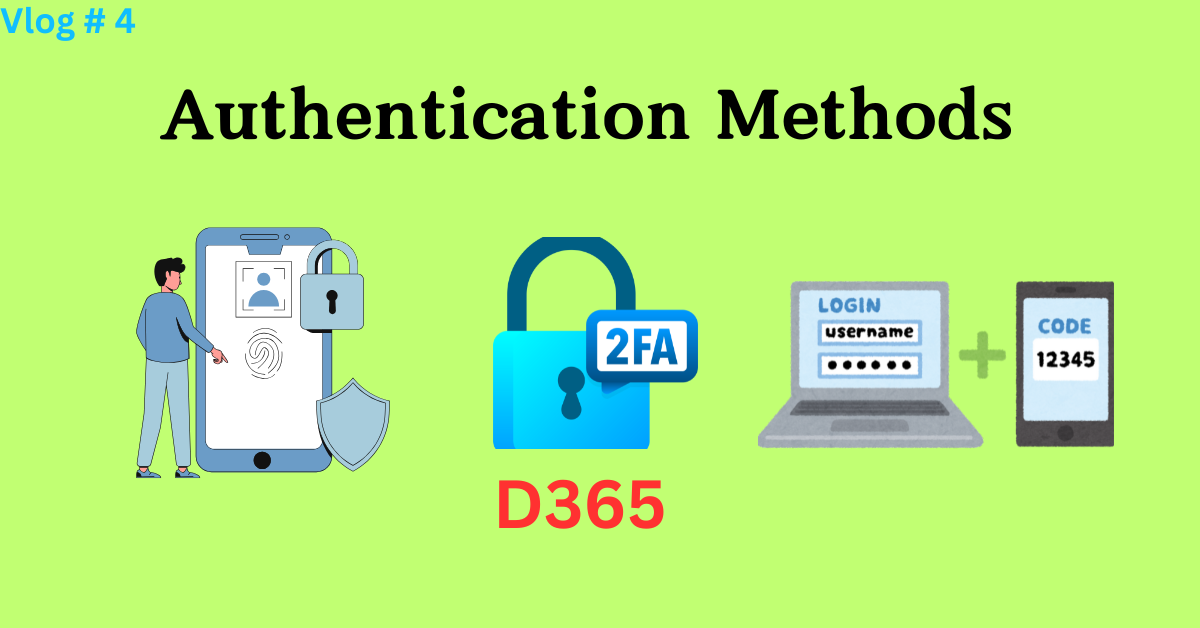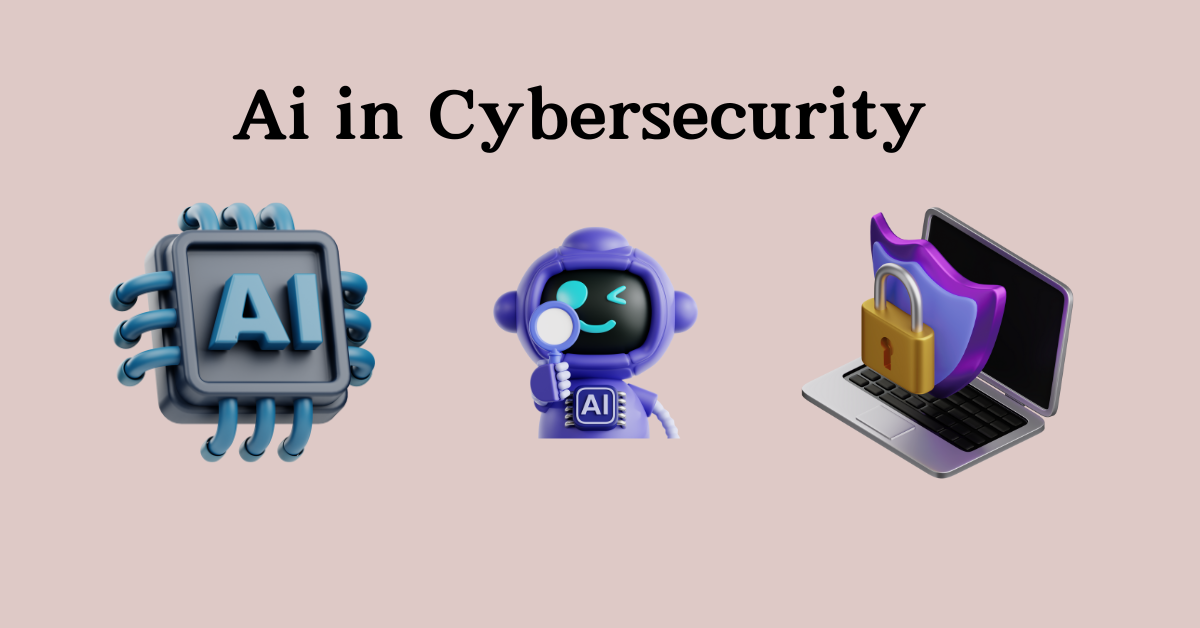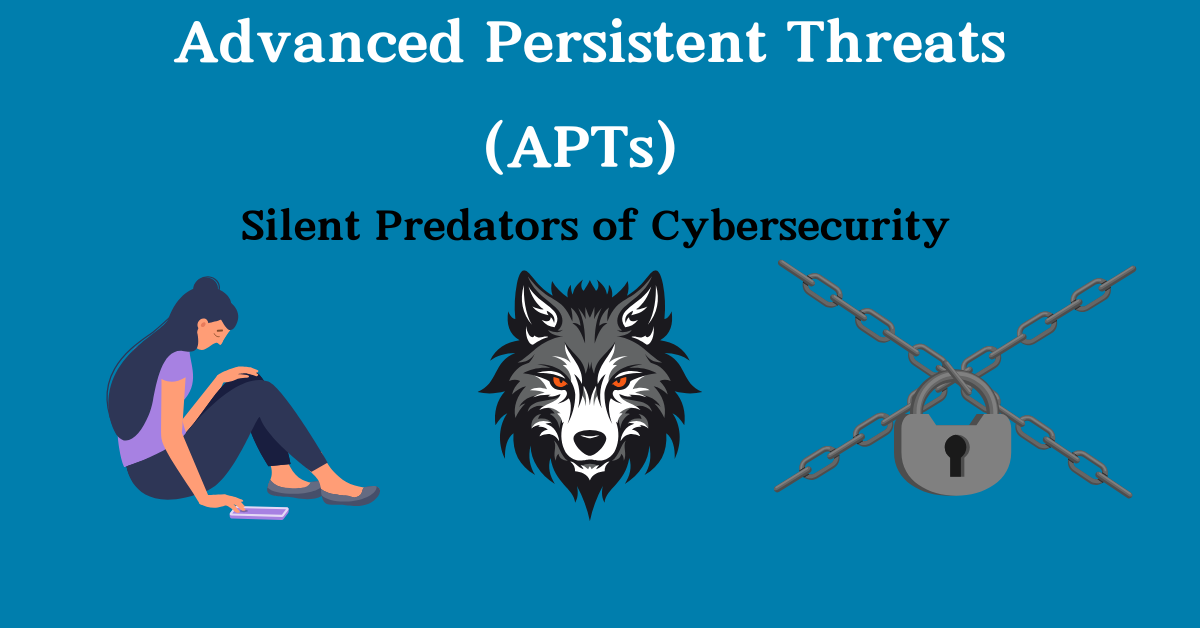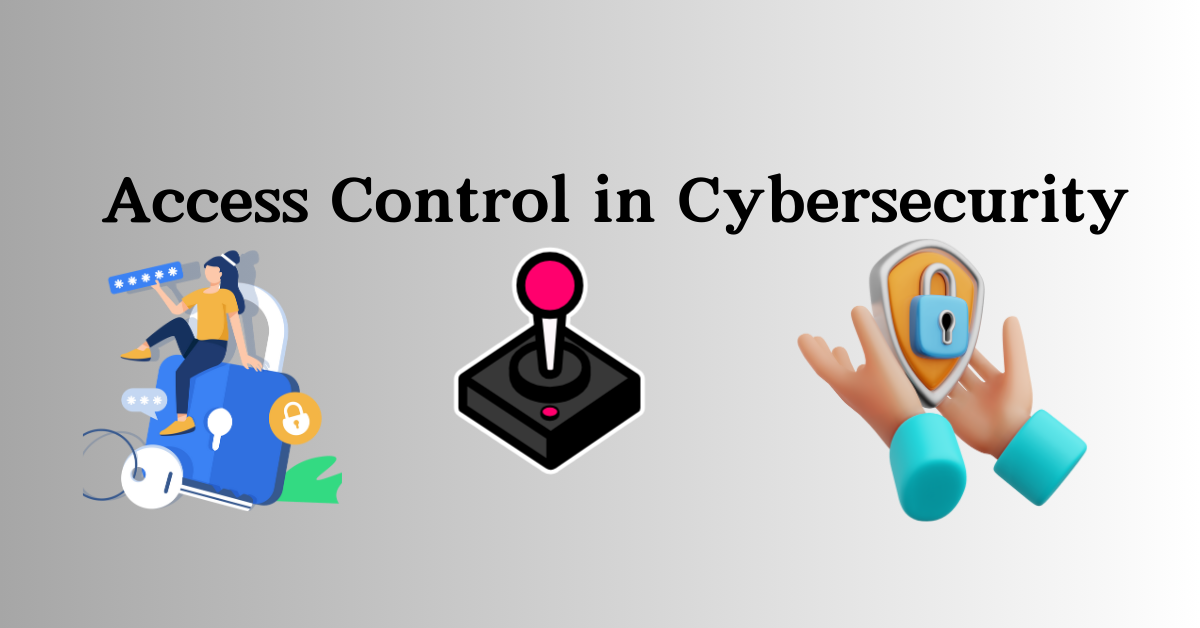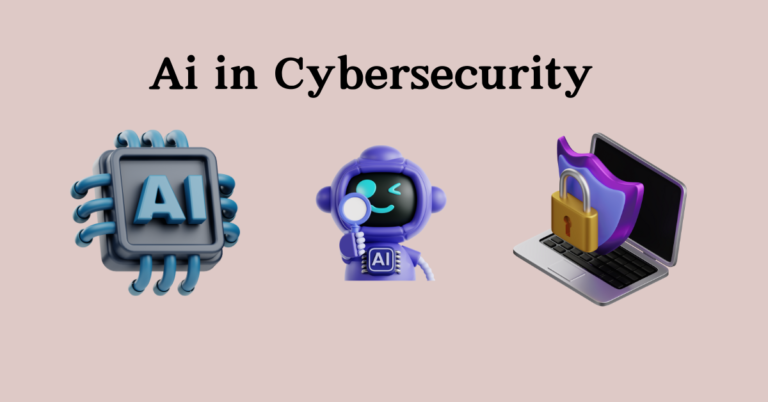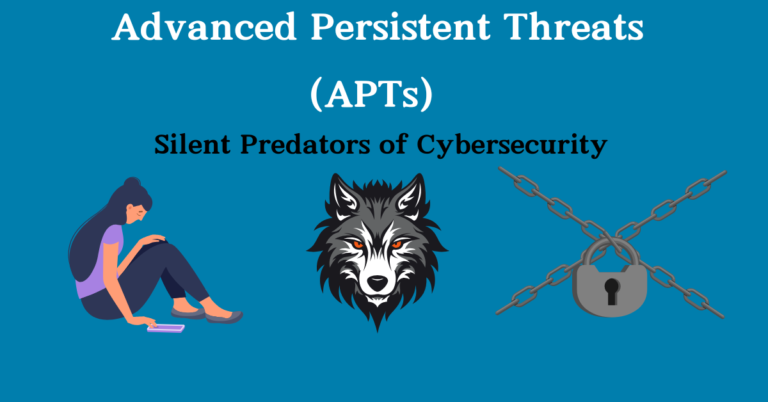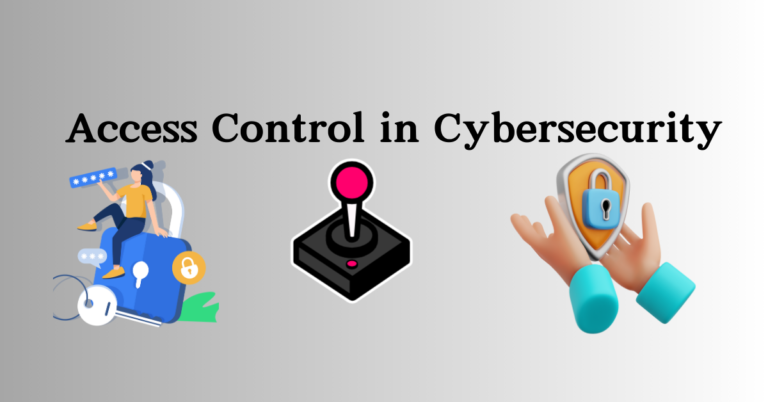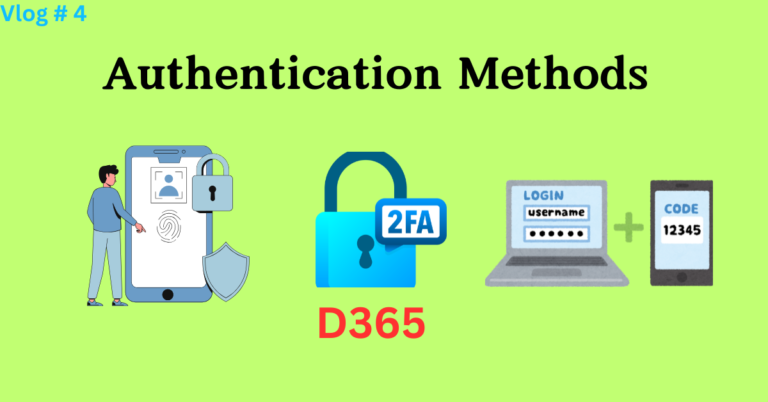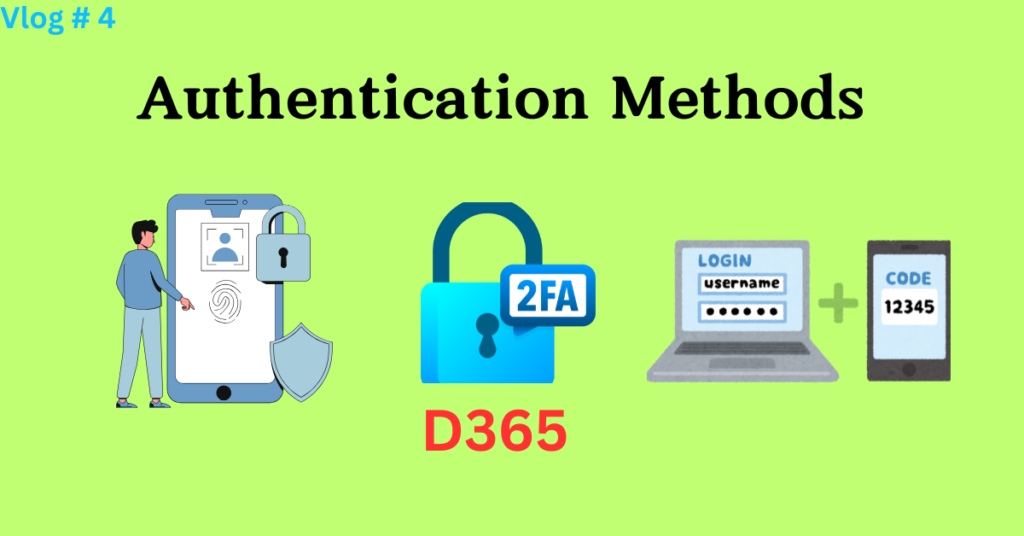
In today’s interconnected world, authentication methods form the foundation of cybersecurity. From securing personal devices to protecting enterprise systems like Microsoft Dynamics 365 (d365), understanding and implementing robust authentication techniques is essential. In this blog, we’ll explore authentication methods in-depth, covering their definitions, tools, applications in cybersecurity, and a step-by-step guide to integrating d365 authentication methods—all explained in a practical, classroom-like approach.
What is Authentication?
Imagine you’re entering a high-security vault. The guard at the door verifies your identity using your ID card, a passcode, or a biometric scan. In the digital world, this process is called authentication—the act of verifying the identity of a user or system trying to access a resource.
Key Concepts in Authentication:
- Factors of Authentication:
- Something You Know: Passwords, PINs.
- Something You Have: Security tokens, smart cards.
- Something You Are: Biometrics like fingerprints, facial recognition.
- Somewhere You Are: Location-based authentication.
- Latest Innovations:
- Passwordless Authentication: Using biometrics or hardware keys to eliminate passwords.
- Behavioral Biometrics: Authenticating based on typing speed, mouse movement, or gait.
- Adaptive Authentication: Adjusting security levels based on context, like location or device type.
Example: When you log into a banking app, entering a password (something you know) combined with an OTP sent to your phone (something you have) is an example of multi-factor authentication (MFA).
Why Are Authentication Methods Crucial?
Authentication ensures that only authorized users access sensitive data, preventing unauthorized access and reducing the risk of cyberattacks. Here’s why they matter:
- Protect Sensitive Data: Prevents unauthorized access to critical information.
- Reduce Cyber Threats: Minimizes risks from phishing, brute force attacks, and credential theft.
- Enhance User Experience: Modern methods like single sign-on (SSO) simplify access without compromising security.
Real-World Example: In the 2021 Colonial Pipeline attack, weak authentication mechanisms allowed attackers to breach systems. Stronger authentication could have prevented the disaster.
Tools and Technologies for Authentication
Here are some advanced tools and their applications in cybersecurity:
- Okta:
- Purpose: Identity management and SSO.
- Use Case: Integrates with enterprise applications to provide seamless and secure user access.
- Microsoft Authenticator:
- Purpose: MFA for Microsoft accounts and other services.
- Use Case: Adds an extra layer of security to D365 and other Microsoft products.
- YubiKey:
- Purpose: Hardware-based authentication.
- Use Case: Provides passwordless login for systems requiring high security.
- Ping Identity:
- Purpose: Advanced SSO and MFA.
- Use Case: Enables adaptive authentication for enterprise environments.
- Duo Security:
- Purpose: MFA with mobile-based verification.
- Use Case: Protects remote access points and VPNs.
Integrating D365 Authentication Methods
Microsoft Dynamics 365 (D365) is a suite of business applications that require robust authentication mechanisms to secure sensitive business data. Let’s dive into how to implement authentication for D365.
Step-by-Step Guide
- Enable Azure Active Directory (AAD):
- Why: AAD provides seamless integration with D365 for identity management.
- How:
- Log in to the Azure portal.
- Navigate to Azure AD and add users/groups.
- Configure roles and permissions.
- Set Up Multi-Factor Authentication (MFA):
- Why: Adds an extra layer of security by requiring two or more verification factors.
- How:
- Go to the Azure portal > Security > MFA.
- Enable MFA for specific users or groups.
- Test MFA by logging in to D365 and verifying with an OTP or Microsoft Authenticator.
- Implement Conditional Access Policies:
- Why: Restricts access based on conditions like device compliance or location.
- How:
- In Azure AD, navigate to Conditional Access.
- Create policies such as “Block access from unknown locations.”
- Use Single Sign-On (SSO):
- Why: Simplifies user access while maintaining security.
- How:
- Integrate AAD with third-party applications through SAML or OpenID Connect.
- Test SSO to ensure seamless login to D365 and other enterprise apps.
- Enable Role-Based Access Control (RBAC):
- Why: Limits access based on user roles.
- How:
- In D365, define roles (e.g., admin, sales, support).
- Assign permissions to roles, ensuring least privilege access.
Using Authentication in Cybersecurity
To make authentication methods effective in cybersecurity, follow these steps:
1: Assess Your Needs
- Identify critical systems and the type of data they hold.
- Example: For an e-commerce platform, protect customer payment details with strong authentication.
2: Choose the Right Tools
- Select tools based on your organization’s size, needs, and budget.
- Example: Use Duo Security for MFA and Okta for SSO.
3: Implement Authentication Mechanisms
- Combine multiple factors (e.g., password + OTP).
- Example: A financial institution might use behavioral biometrics to verify users during transactions.
4: Regularly Monitor and Update
- Analyze authentication logs for suspicious activity.
- Update authentication policies as threats evolve.
5: Educate Users
- Train employees and users on recognizing phishing attempts and safeguarding credentials.
Example: Conduct mock phishing exercises to build awareness.
Conclusion
Authentication is the cornerstone of a secure digital environment. Whether you’re safeguarding personal accounts or protecting enterprise systems like D365, robust authentication methods are non-negotiable. By understanding the latest innovations, integrating advanced tools, and following practical steps, you can strengthen your cybersecurity posture and reduce risks.
Pro Tip: Stay updated on emerging authentication technologies like passwordless authentication and adaptive security to keep ahead of cyber threats. Your data’s safety starts with who and how you trust access to it.
Read Cybersecurity Blogs Alphabetically.
FAQ Section
A: The most secure authentication methods include multi-factor authentication (MFA), passwordless authentication (using biometrics or hardware keys like YubiKey), and adaptive authentication, which adjusts security based on user behavior and context.
A: Authentication verifies a user’s identity (e.g., through a password or biometric scan), while authorization determines what resources the authenticated user is allowed to access.
A: D365 leverages Azure Active Directory (AAD) for seamless identity management and supports multi-factor authentication, conditional access policies, and role-based access control (RBAC) to ensure secure access to its platform.
A: Multi-factor authentication adds an extra layer of security by requiring two or more verification methods, such as a password and a one-time code sent to a registered device, making it harder for attackers to gain access.
A: Passwordless authentication eliminates the need for traditional passwords, instead relying on biometrics (like fingerprints or facial recognition) or hardware tokens. It enhances security by reducing the risk of password-based attacks like phishing or credential stuffing.
A: Challenges include balancing security with user convenience, managing legacy systems that don’t support modern authentication, and ensuring compliance with data protection regulations.
A: Conditional access policies in D365 evaluate conditions such as user location, device compliance, or risk level before granting access. For instance, access can be denied if a login attempt comes from an unrecognized device or a high-risk location.
-
Cyberattacks in Israel-Iran War 2025: The Digital Battlefield of 2025
The cyberattacks in the Israel-Iran war 2025 have started a digital storm, with a 700% surge in attacks since June 13. Pro-Israel group Predatory Sparrow crippled Iran’s Bank Sepah, while Iran’s Handala stole 2TB from Israeli firms.
-
D365 Authentication Methods and Authentication
In today’s interconnected world, authentication methods form the foundation of cybersecurity. From securing personal devices to protecting enterprise
-
AI in Cybersecurity: Revolutionizing Threat Detection
Artificial Intelligence (AI) is reshaping the cybersecurity landscape, transforming how we detect, prevent, and respond to threats. Imagine
-
Advanced Persistent Threats (APTs)
In the digital battlefield, awareness is your strongest ally. Learn how these silent predators infiltrate systems, the tools they use, and the step-by-step methods to detect and defend against them.
-
Access Control in Cybersecurity
Your digital bodyguard, access control in cybersecurity! Whether you’re securing sensitive data or protecting systems from cyber threats, this blog is your ultimate roadmap to robust cybersecurity.


